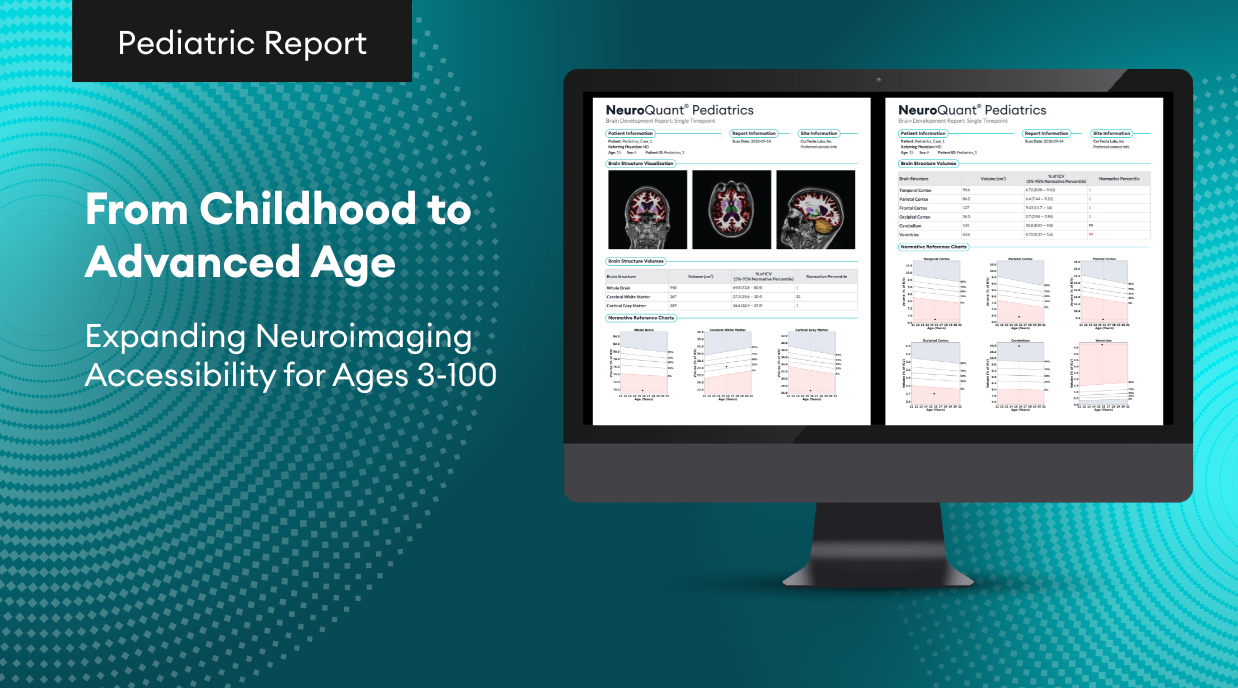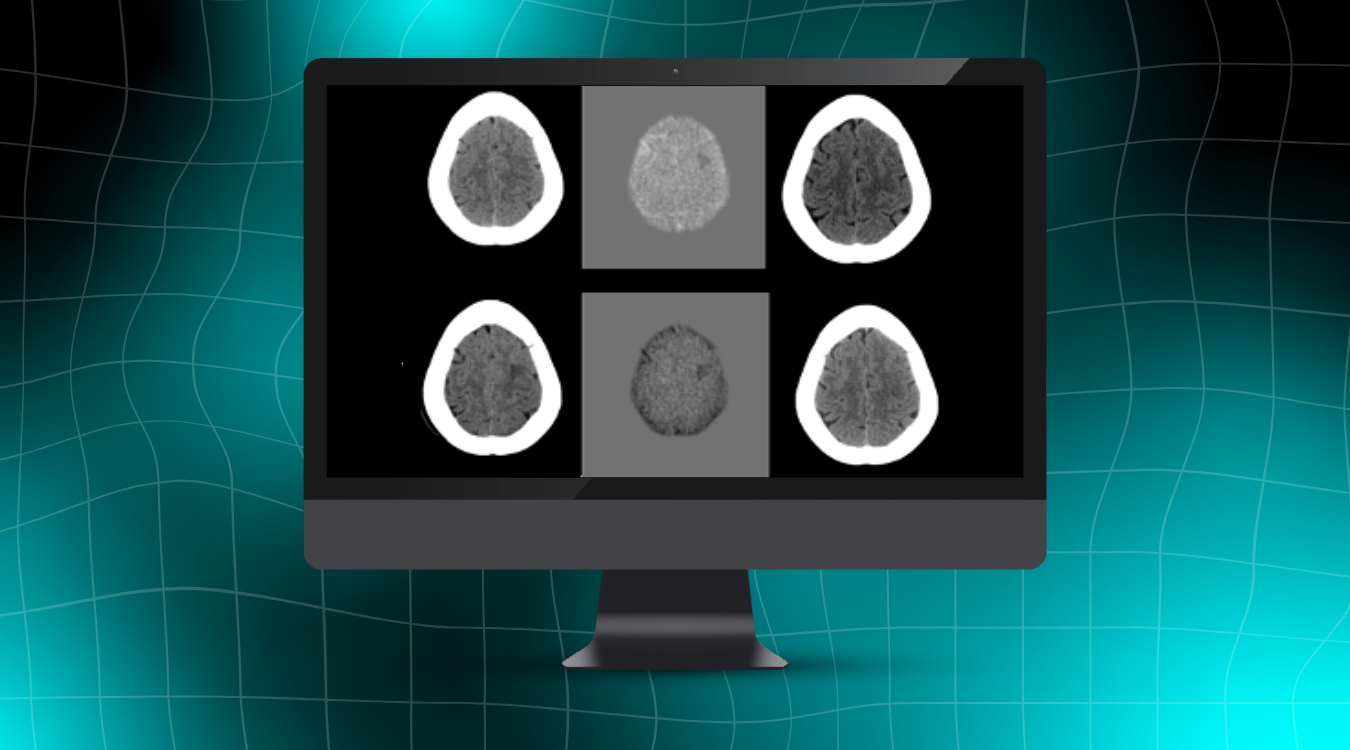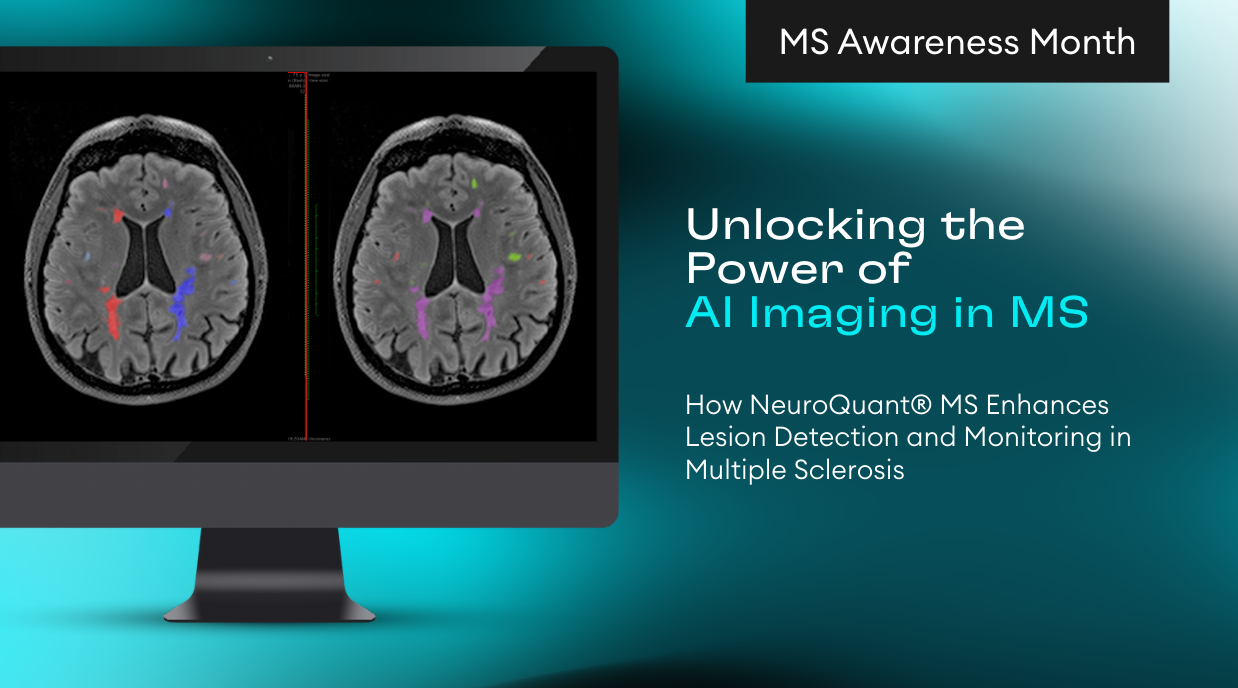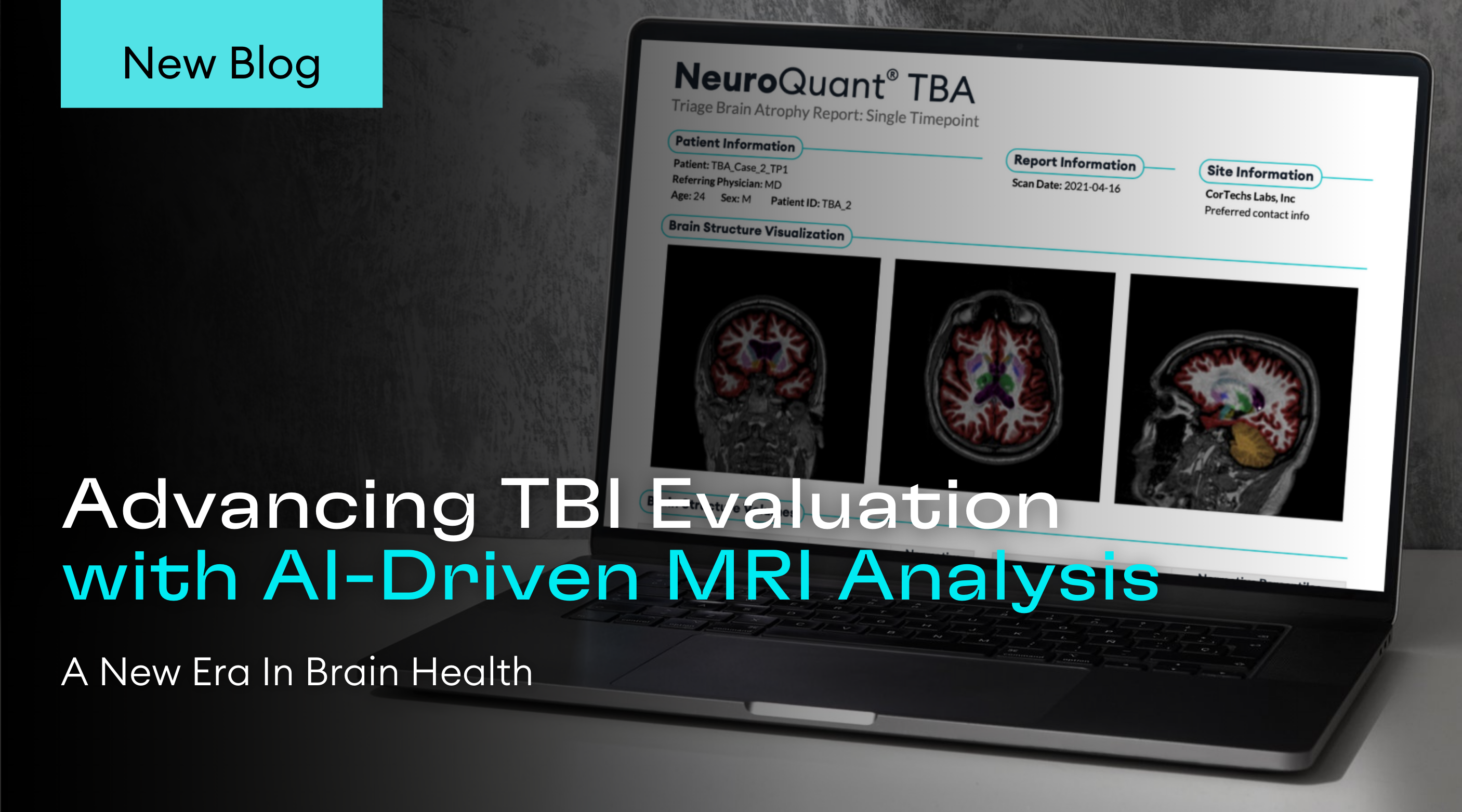Cortechs.ai has been on the cutting edge of AI for segmentation and quantification of the brain, delivering confidence and improving collaboration among care providers for nearly two decades. it was time to apply the technology to other body parts, namely, the prostate, bringing radiologists and referrers together with reduced ambiguity and inter-reader variability, and increased transparency.
Kyle Frye, CEO of Cortechs.ai, explains the need for a new approach to prostate imaging. “About 40% of biopsies done on patients are not needed,” he says, emphasizing the challenge posed by the subjectivity of Prostate Imaging Reporting and Data System (PI-RADS) scores. This ambiguity can result in unnecessary procedures, highlighting the need for more precise diagnostic tools that enhance decision-making.
Addressing MRI Challenges and Enhancing Accuracy with OnQ Prostate
“Conventional prostate MRI exams make it difficult to provide a high level of accuracy and reproducibility,” Frye notes. This limitation in traditional imaging methods has been a longstanding challenge for the field. OnQ™ Prostate, an FDA-cleared software solution launched in May 2024, was specifically designed to address these concerns. It uses Restriction Spectrum Imaging (RSI), a patented diffusion MRI method identified as an emerging imaging biomarker. RSI’s ability to focus on intracellular restricted diffusion allows for a clearer, more accurate picture of prostate tissue, improving the identification of aggressive cancer cells.
The ability to better characterize tissues and enhance the conspicuity of suspicious lesions on MRI significantly boosts both the sensitivity and specificity of prostate cancer detection. By improving tissue characterization, OnQ™ Prostate allows for more reliable differentiation between benign and malignant tissues, enhancing diagnostic accuracy. This increased specificity is key to improving collaboration across medical teams, from radiologists to urologists.
Fostering Collaboration Across Care Teams
“What we really help do is bring together both sides—the urologist who is managing the patient’s journey, and the radiologist who is responsible for identifying cancer or potential cancer,” Frye explains. OnQ™ Prostate fosters a closer working relationship between the entire care team, ensuring that the urologist, oncologist, radiation oncologist, and radiologist are all aligned in the treatment process.
Frye emphasizes that with the enhanced imaging capabilities provided by RSI, care providers can be more confident in pinpointing areas of concern. “OnQ™ Prostate allows these specialists to work together seamlessly. With our RSI technology, they can focus on specific areas within the prostate to make more informed decisions about diagnosis and treatment.”
“For radiologists, the RSI technology not only enhances the workflow but also provides the confidence they need to make an accurate diagnosis,” Frye told Applied Radiology at RSNA 2024. “OnQ™ Prostate is an invaluable tool that stays with radiologists throughout their work, ensuring that every prostate exam is backed by precise, enhanced diffusion imaging. When they collaborate with the urologist, they can visually pinpoint the disease state, leading to a more efficient and accurate diagnostic process.”
According to Cortechs.ai, studies have shown that the biophysical approach of RSI “improves the detection, in vivo characterization, and localization of clinically significant prostate cancer, with stronger correlation to underlying histopathology at the voxel level.” This precision makes RSI uniquely suited for the complex demands of prostate cancer treatment and biopsy.
“This precision is unmatched for meeting the complex demands of prostate treatment and biopsy,” concludes Frye. “Urologists need RSI technology to feel confident in their treatment decisions. With this technology, they can trust their assessments and ensure they’re choosing the best course of action for their patients.”
OnQ™ Prostate is transforming the landscape of prostate cancer diagnosis and treatment by bridging gaps between radiologists and specialists, ensuring that every patient benefits from the most accurate and collaborative care possible.






